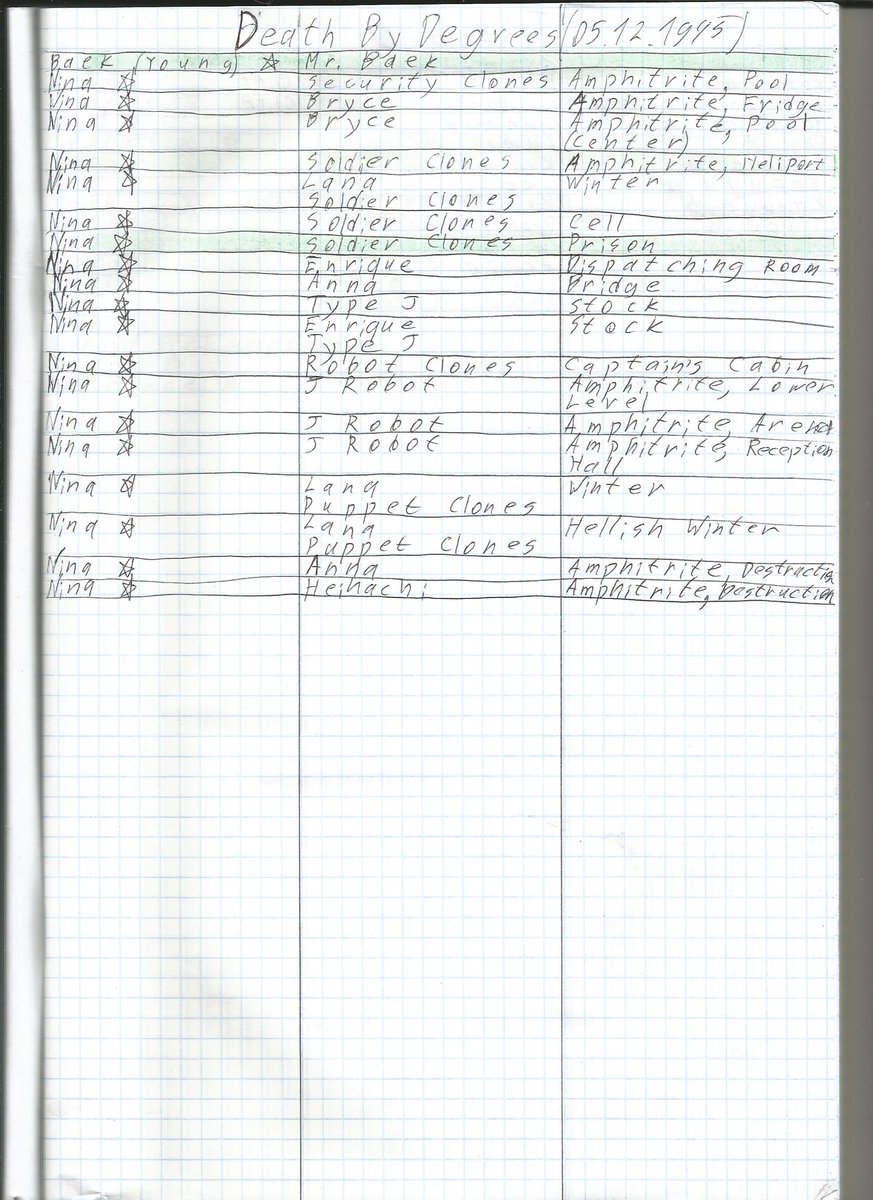

Despite these difficulties, ships are the central tool for oceanography, providing the best platform to put humans in the field to explore. All three of us have on multiple occasions experienced the “robust” work atmosphere- such as broken bones and lacerations-associated with working aboard ships. During the writing of this article, Schofield was at sea offshore of Antarctica, where ship operations were halted for several days due to heavy winds, waves, and icy decks.

The travel time from New Jersey to the beginning of experimental work can take upward of a week: two days of air and land travel, one to two days of port operations, and four days of ship travel. Once on site, wind and waves will influence when work can be safely conducted.įor example, one of us (Schofield) routinely works along the western Antarctic Peninsula. Ocean exploration requires transit to remote locations, a significant time investment.


A moderately large modern research vessel may run about $50,000 a day even before the costs of the science. The high price of ships also limits how many are available for research. But most ships do not travel much faster than a bicycle and they face harsh, often dangerous conditions. The modern era of ship-based expeditionary research, launched just over a century ago, has resulted in major advances in our knowledge of the global ocean. Oceanographers usually collect data from ships during cruises that last days to a few months at most. Because of the vast domain of the ocean, our ability to sample the relevant spatial and temporal scales has been limited. Many of these transformation processes reflect the “history” of the water mass: where it has been and when it was last mixed away from the ocean surface. Factors that remain unknown include the amount of inorganic carbon being incorporated into organic carbon, and how quickly that organic matter is being transformed back into inorganic compounds-processes that are driven by marine food webs. If the problem of monitoring mixing can be solved, then focus can shift to the biological and chemical transformations that occur within the water. These processes are all modified by the interactions of currents with coastal boundaries and the seafloor. A further complication is the broad scale of ocean mixing-spatially, from centimeters to thousands of kilometers, and temporally, from minutes to decades. Only about 5 percent of that expanse has been explored. About 71 percent of the world is covered by the ocean, with a volume of about 1.3 billion cubic kilometers. But this fundamental first step remains a difficult problem given the three- dimensional structure of the ocean and the limited sampling capabilities of traditional oceanographic tools. On the most basic level, one has to be able to track the movement of water and its constituents over time to understand physical transport processes. Regional- and global-scale changes include altered physical (temperature, salinity, sea-level height), chemical (oxygen, pH, nutrients), and biological properties (fishing out of top predators).Īddressing the many unknowns about the ocean requires knowledge of its physics, geology, chemistry, and biology. Local effects include alterations in circulation, increased introduction of nutrients and pollutants to the sea, the global transport of invasive species, and altered food web dynamics due to the overexploitation of commercially valuable fish species. These shifts reflect both natural cycles and, increasingly, human activity, on a local and global scale. The last question is particularly pressing, as many observations suggest that significant change is occurring right now. Many basic and fundamental questions remain: How biologically productive are the oceans? What processes dominate mixing between water layers? What is its total biodiversity? How does it influence the Earth’s atmosphere? How is it changing and what are the consequences for human society? This richness has lead to centuries of exploration, yet despite a glorious history of discovery and adventure, the ocean remains relatively unknown. The ocean drives the planet’s climate and chemistry, supports ecosystems of unprecedented diversity, and harbors abundant natural resources. Such research is essential, now more than ever. Ocean robots-more formally known as autonomous underwater vehicles, or AUVs-are improving our understanding of how the world’s ocean works and expanding our ability to conduct science at sea even under the most hostile conditions.


 0 kommentar(er)
0 kommentar(er)
